Create a dynamic space for citizens’ entertainment and leisure and promote the integration of human beings and nature.
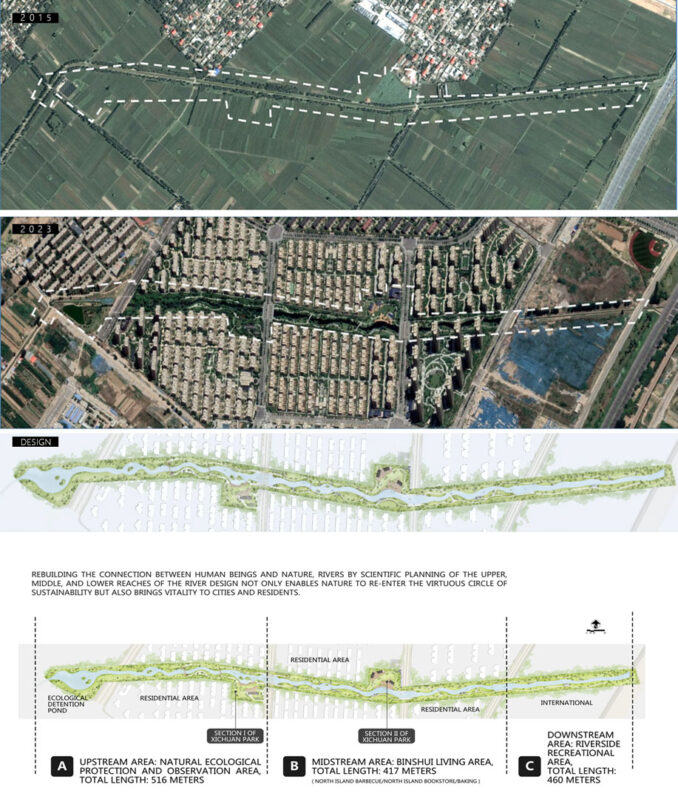
Starting from the south bank of the Yellow River in the north and eventually flowing into Zhengzhou Moushan Wetland Park in the south, the 31-kilometer-long West Main Canal, as an abandoned irrigation canal, is required to present a variety of identities under the development of Zhengzhou’s renovation and construction to meet the irrigation function, but also to create a dynamic space for citizens entertainment and leisure and to promote the integration of human beings and nature.
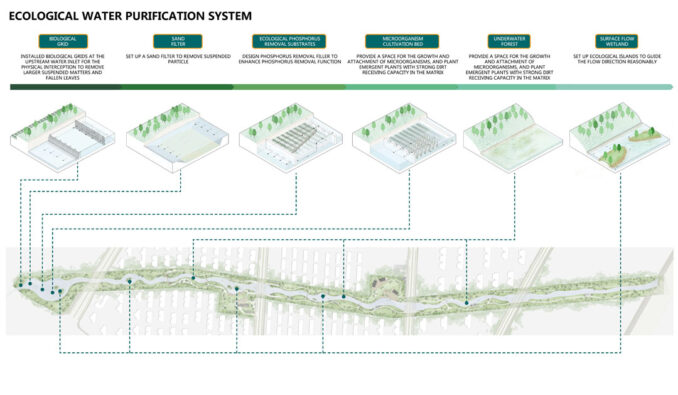
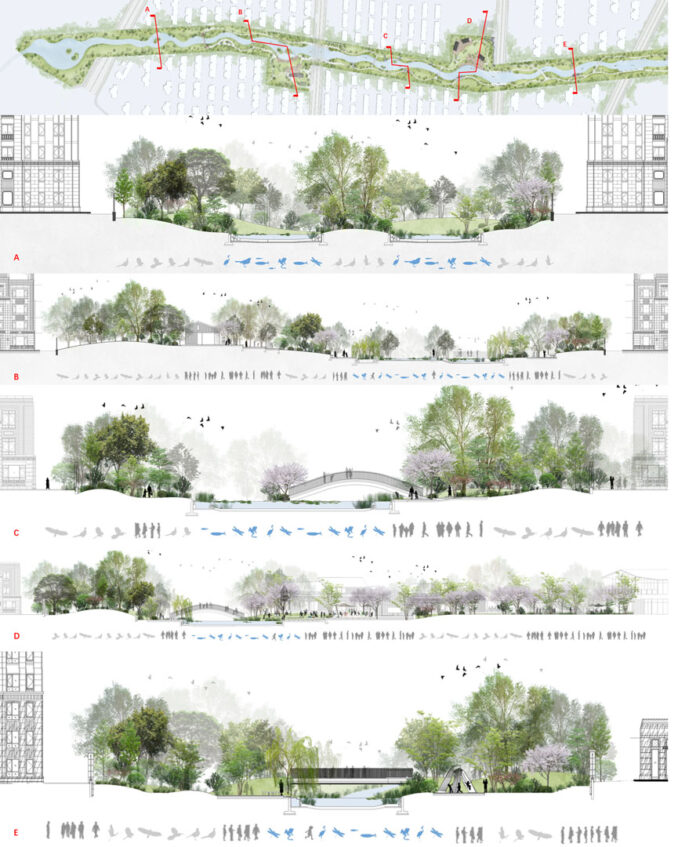
With the acceleration of urban expansion and renewal, a lot of farmland has been abandoned in the development process, many artificial interventions and developments have affected the entire ecosystem, and the biological habitat environment has become harsh with few original animals and plants. The West Main Canal is a typical case. The West Main Canal Reconstruction Project aims to restore the blue belt ecosystem of the canal and its surrounding areas, restore the continuity and integrity of the river water ecological environment, purify the water body, incorporate biodiversity and habitat construction into the important links of urban development, rebuild the connection between human beings, nature, and rivers to bring vitality and sense of belonging to the city. The abandoned West Main Canal will be reborn as an indispensable Xichuan connecting the city, the environment, and the residents.
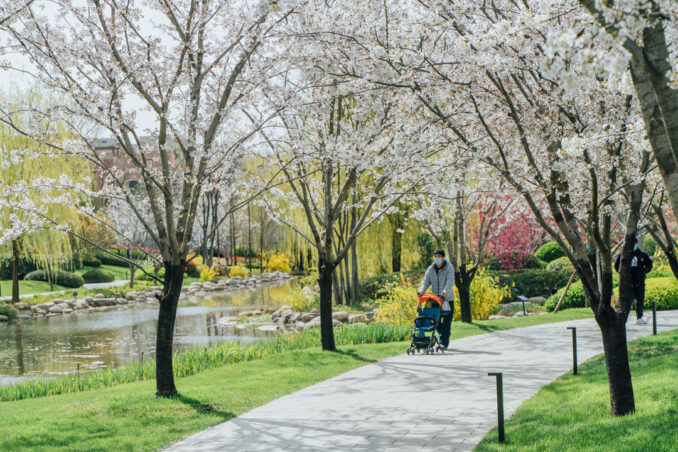
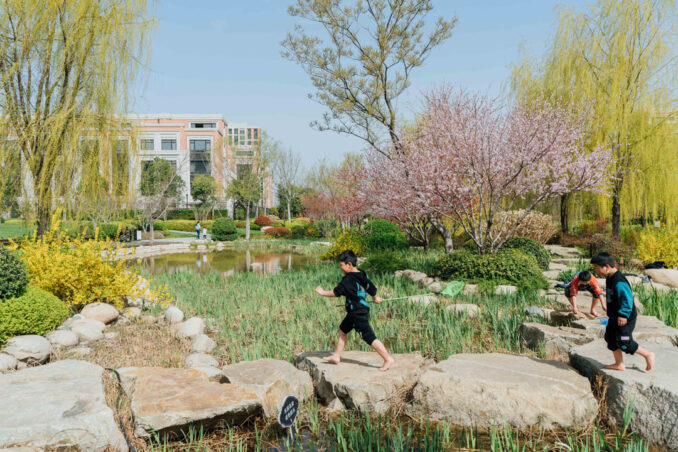
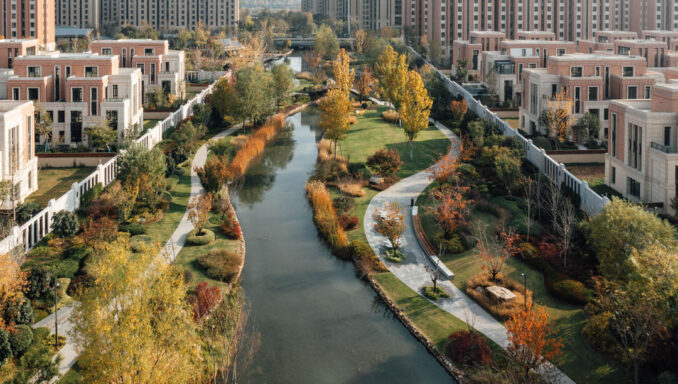
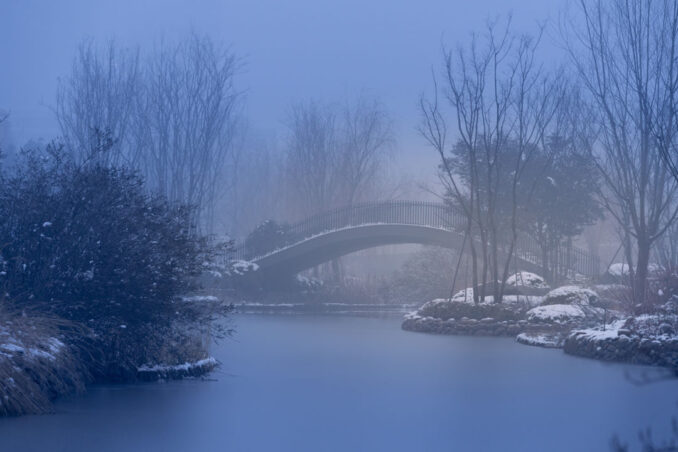
Based on the research results of pollution sources, we found that the domestic sewage and non-point source pollution in the upstream water source cannot be solved in the reconstruction section of the West Main Canal, and the ecological purification measures of the water body in the reconstruction section are particularly important. Therefore, the first transformation project focuses on the water purification system; we hope to establish an ecological purification system to help the river establish and gradually improve its purification capacity, build a healthy self-purification cycle, and reduce manual intervention as far as possible to achieve sustainability.
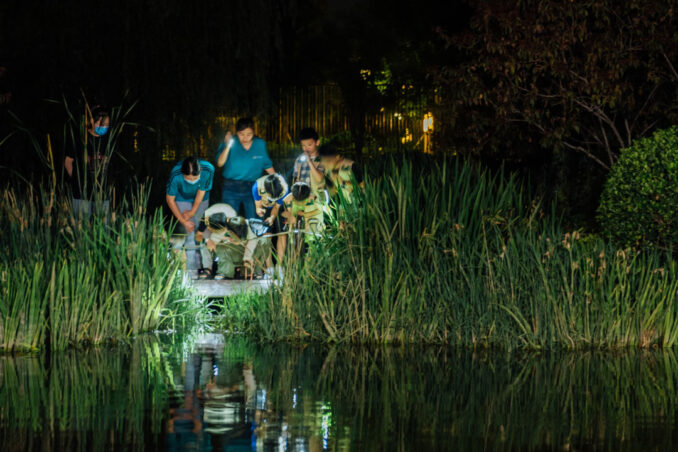
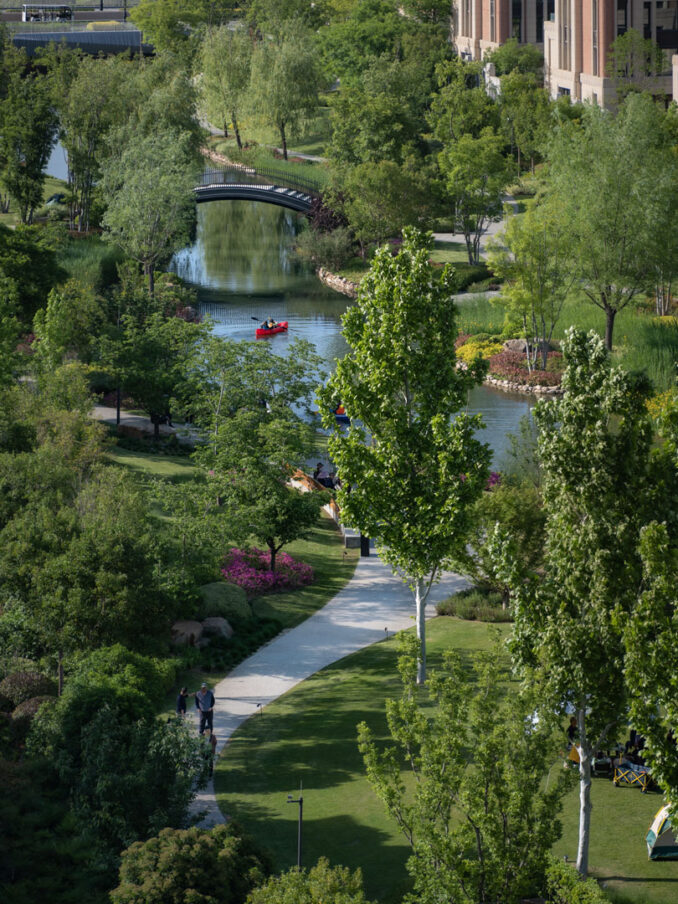
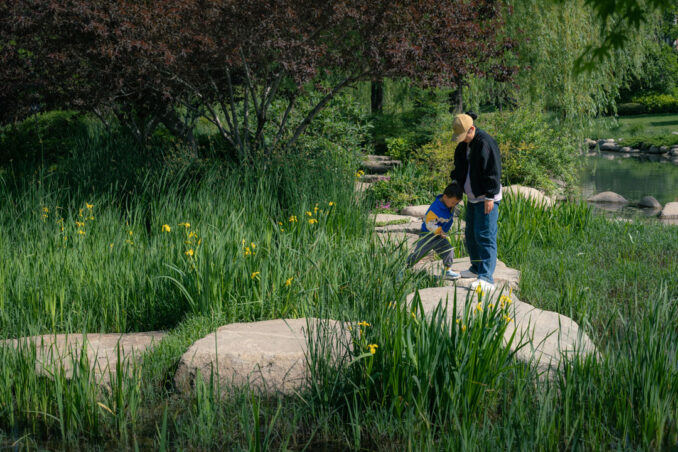
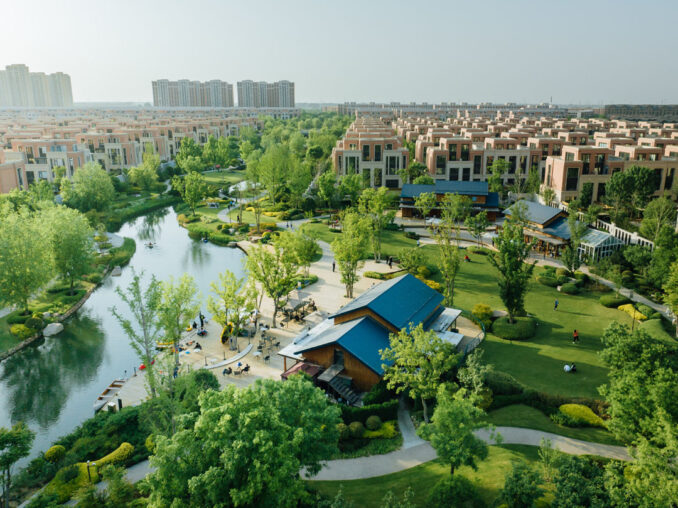
Increasing plant diversity is a key factor in strengthening ecosystem stability, and we hope to help ecological restoration through the multi-dimensional design of plants. It is hoped to provide the possibility of biological foraging through field exploration, study, and analysis of native food source plant species. We finally listed the backbone tree species such as weeping willow, Pterocarya stenoptera, metasequoia Glyptostroboides, Sapium sebiferum, Sophora japonica, Broussonetia papyrifera and Cedrus deodara, and shrubs such as Miscanthus tenuifolius, Pennisetum alopecuroides, Iris aquatica, Lythrum salicaria and short pampas grass were selected, and at the same time, a variety of plants are used to create a diverse vegetation environment with emergent plants and floating plants.
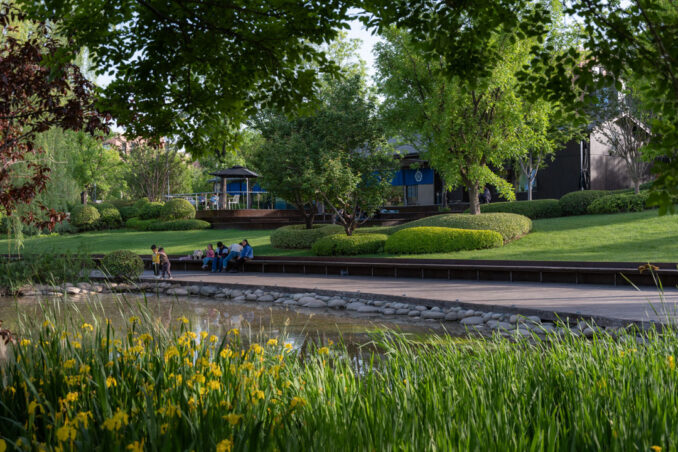
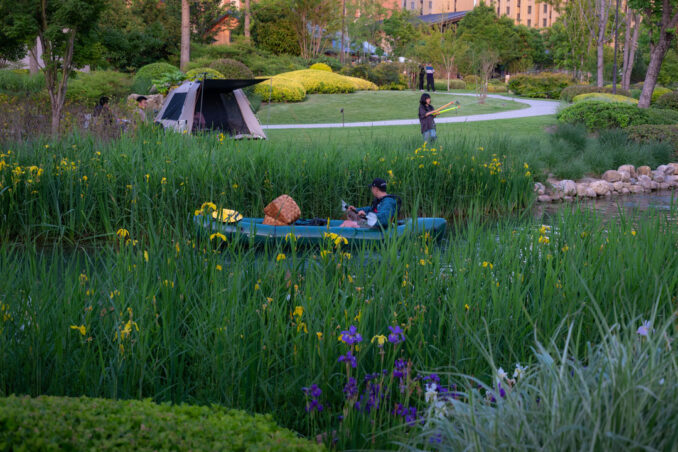
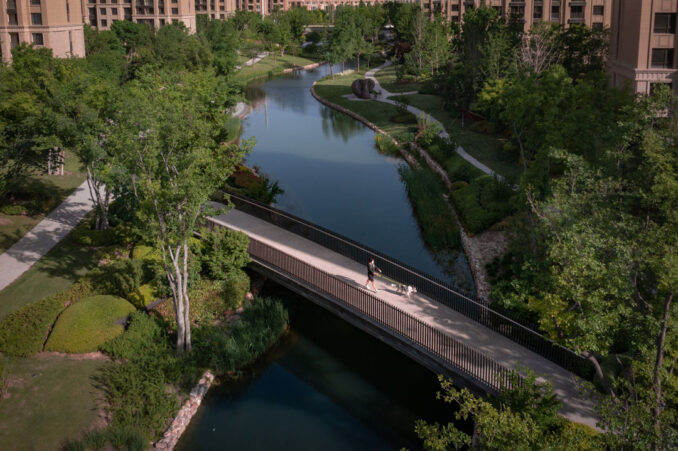
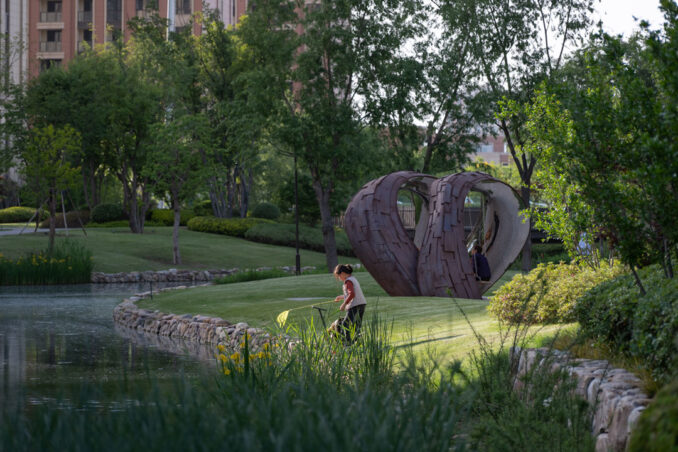
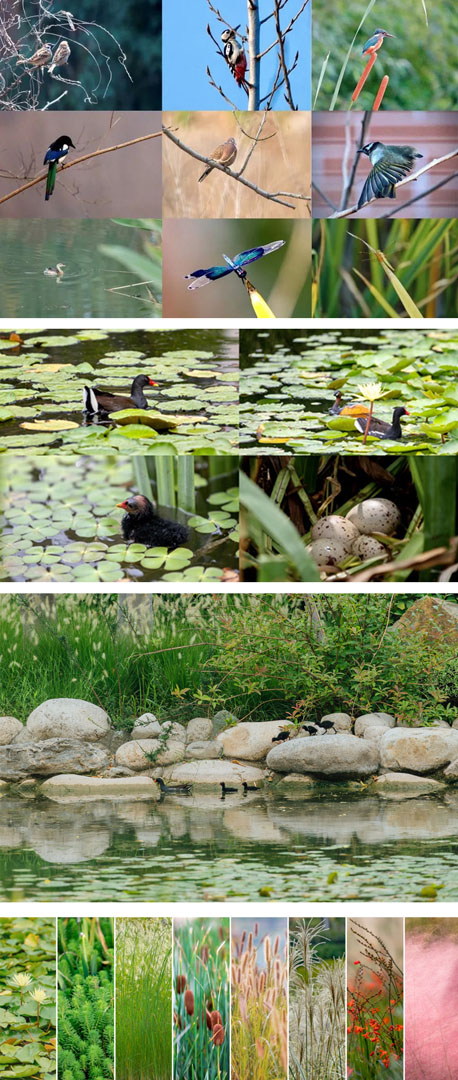
We regard the riverside walkway as a relatively independent system to enhance the connection and contact between people and water through its morphological changes. Safe waterfront space is created by widening the river surface (originally 6 meters to 10-15 meters) and shortening the underwater depth (originally 2 meters to 0.8 meters). Various hydrological landforms bring different river feelings of different scales and increase the sightseeing interest. The life rest and social stage is constructed for residents to create life memory points to improve residents’ sense of responsibility for environmental protection.
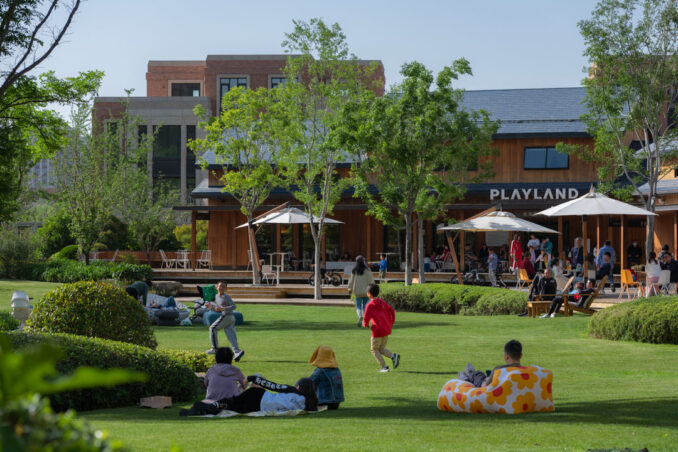

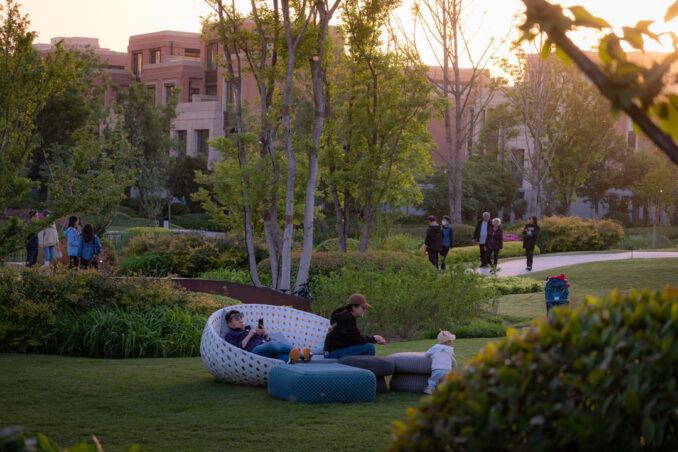
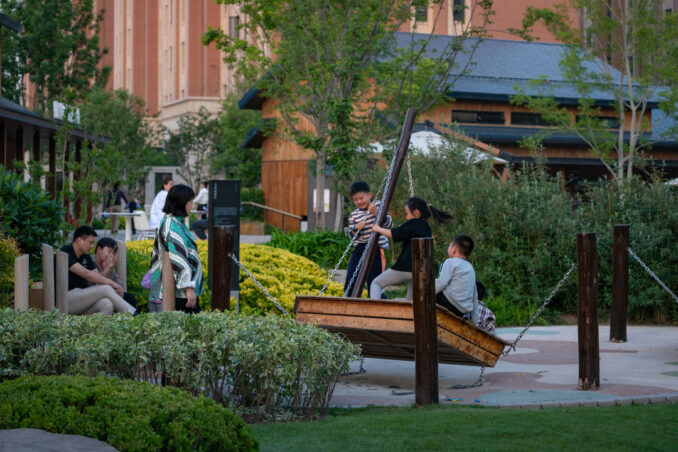
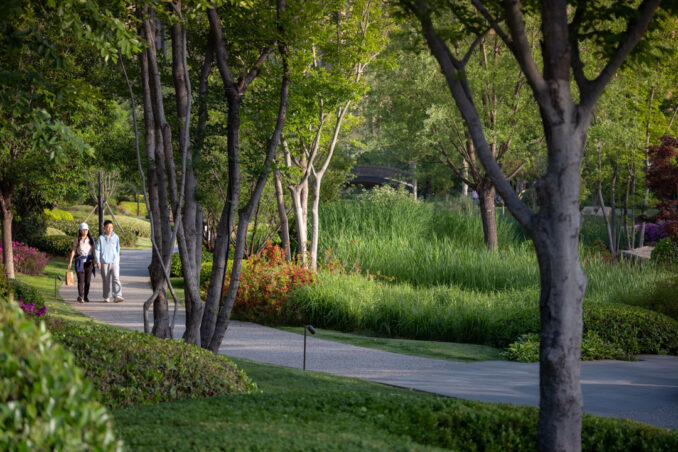
Zhengzhou Xichuan River Reconstruction and Ecological Restoration
Landscape Architect: Horizon & Atmosphere Landscape Co.
Images & Text: Landscape Architect: Horizon & Atmosphere Landscape Co.
